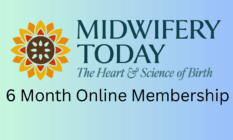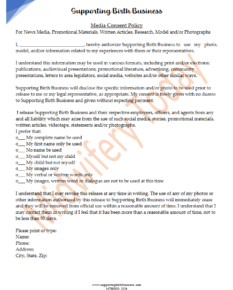
Working Internationally: How to Identify (and Avoid) Cultural Imperialism
Cultural imperialism can have a pervasive, sometimes subtle influence on the work of a midwife. Marion Topeke McLean discusses how to detect imperialistic attitudes and practices, and ways to nurture cultural sensitivity. Read more…. Working Internationally: How to Identify (and Avoid) Cultural Imperialism

 Marion Toepke McLean, CNM, attended her first birth as primary midwife in August 1971. She received her nursing degree from Pacific Lutheran University in 1966 and her midwifery and family nurse practitioner degree from Frontier Nursing Service in 1974. From 1976 through 2001 she did home, clinic and hospital births, while also working as a family nurse practitioner. In 1980 she taught a year-long program for local midwives, returning to Frontier Nursing Service to teach during the summer. She had a homebirth practice until 1985, when she went to work at the Nurse-Midwifery Birthing Service, a freestanding birth center. In June 2000 she completed a BA in International Studies at the University of Oregon, with concentrated studies on Mexico. Since 2002 she has worked in a reproductive health clinic and attended an occasional homebirth. She lives in Eugene, Oregon, and is a contributing editor to Midwifery Today.
Marion Toepke McLean, CNM, attended her first birth as primary midwife in August 1971. She received her nursing degree from Pacific Lutheran University in 1966 and her midwifery and family nurse practitioner degree from Frontier Nursing Service in 1974. From 1976 through 2001 she did home, clinic and hospital births, while also working as a family nurse practitioner. In 1980 she taught a year-long program for local midwives, returning to Frontier Nursing Service to teach during the summer. She had a homebirth practice until 1985, when she went to work at the Nurse-Midwifery Birthing Service, a freestanding birth center. In June 2000 she completed a BA in International Studies at the University of Oregon, with concentrated studies on Mexico. Since 2002 she has worked in a reproductive health clinic and attended an occasional homebirth. She lives in Eugene, Oregon, and is a contributing editor to Midwifery Today.
























